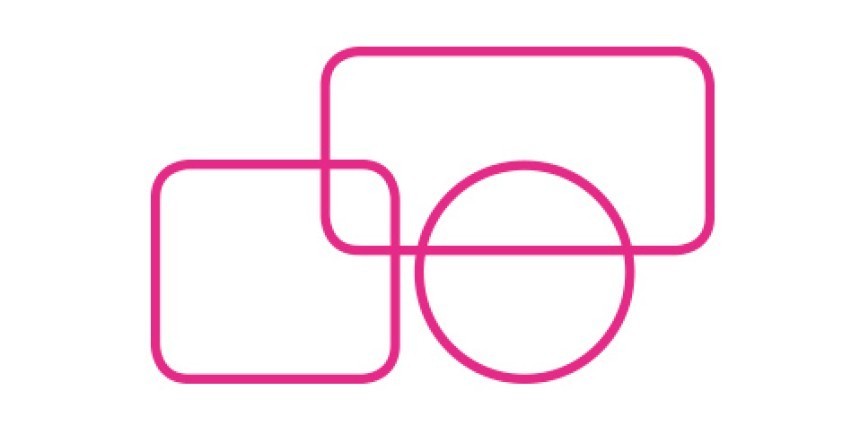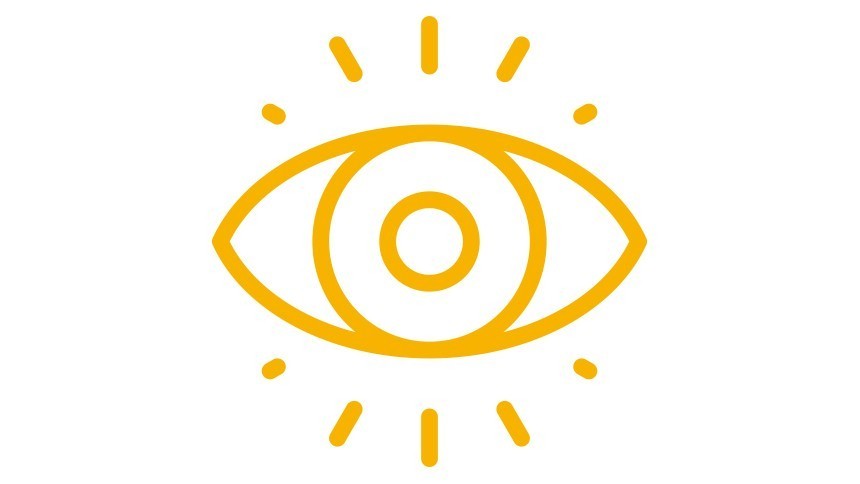4 ways to create a label
A simple guideline for entrepreneurs and craftsmen

Find out how to get customers' attention
Did you know that making a few quick and simple changes to your label designs can have a huge impact on the perception of the products you label, and therefore the growth of your entire brand? Follow our steps and create the perfect label!

1. Choose the right label material
Choosing the right label is the first step to drawing attention to a product or package. An interesting and legible sticker increases the likelihood of an item being noticed. Therefore, it is important to choose such an Avery's self-adhesive label that will perfectly fit the surface to be covered.
Before deciding, ask yourself a few questions: Where will the label be applicated? What size and shape will fit best? Should the material be waterproof, transparent, glossy, or perhaps matte?

2. Make sure your labels are eye-catching
Creating eye-catching labels is the second step to success when labeling products. With so much information flowing from the world around us, your label should stand out with something and grab the consumer's attention, highlighting what the brain thinks is most important. So when designing, it's worth considering a few key elements:
Position - try to place important information in the center of the label, and stick the label itself in the center of the product or package.
Contrast - choosing color (instead of black and white) is always a winner. So choose colors that stand out not only from your packaging, but also from the competition.
Surprise - show something offbeat, original and unobvious on the label! Why not go for more artistic graphics that will spark the customer's imagination?
Visuals - combining color, images and icons on the label will encourage the consumer to see your product faster and more effectively than a sticker with lots of words.
Simplicity - using a simple label (instead of a complex one), makes people 5-10% more likely to look at it, and then spend 9-15% more time studying it.
Relevance - labels that contain icons closely related to the product a person is looking for make it faster for customers to find exactly what they are looking for and need.

3. Time to engage and encourage the customer
Labels are far more effective if they encourage the consumer to think, consider and process. There are five key ways to help induce engagement:
Emotion - using words on the label that describe emotions (such as "love" or "joy"), or images that signify emotions (such as a heart or a smiley face) can bring your brand to life.
Information - make sure you convey key information clearly. Remember that informational labels are especially important when communicating prices and offers.
Quality - a label suggesting high quality can lead to higher customer expectations of the product. But it works both ways - a cheap design can suggest a cheap product.
Heuristics - We all rely on mental shortcuts to help us make quick decisions. If you include recommendations on your label or show evidence of awards (certificates, logos) people may be more inclined to buy such a product.
Curiosity - it's a good idea to use "scrimmages" that engage the brain and generate questions about the contents of the package, such as "What's inside?" or "Open me!".

4. Forming habits
When a label captures a consumer's attention and then engages and persuades them, the likelihood increases that the customer will react more positively to the product and even buy it.
It's worth spending some time thinking about what you put on the label, as it can increase sales in a comparable way to what your website or other marketing materials do.